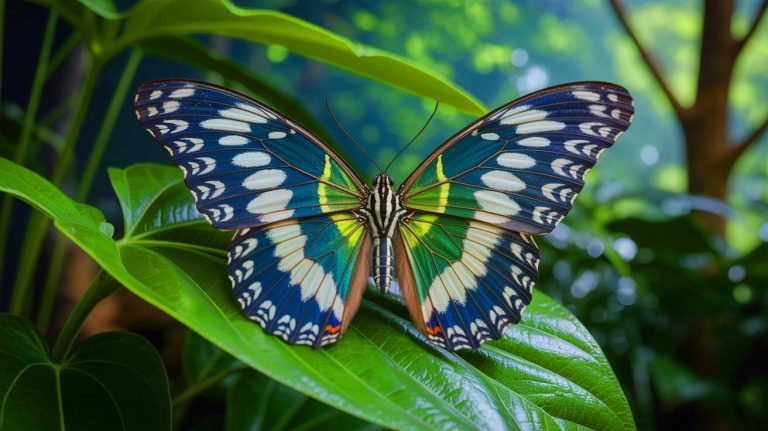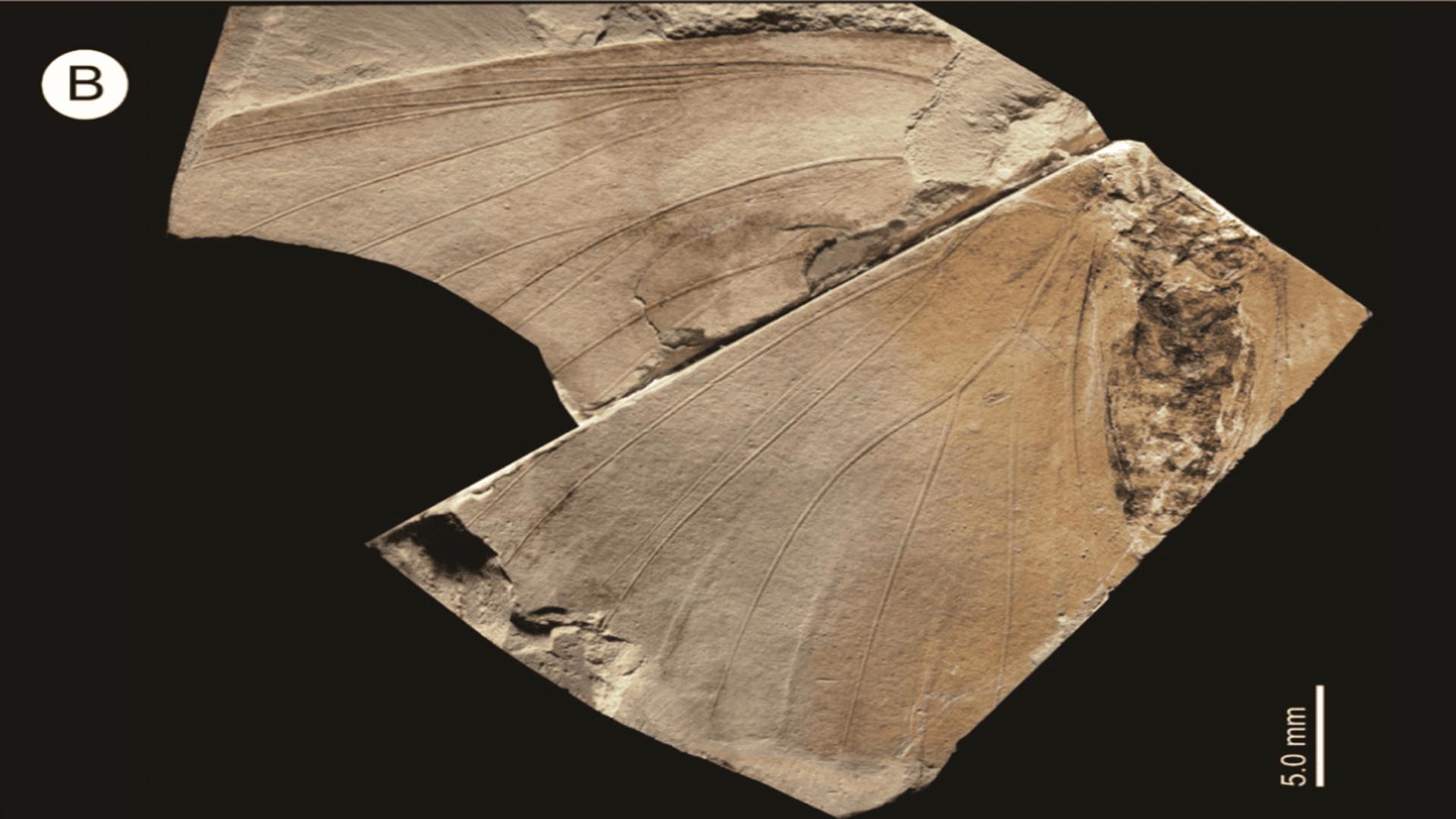| IN A NUTSHELL |
|
In an extraordinary revelation, researchers have unearthed an extremely rare butterfly species that has been hiding in plain sight in Japan. Discovered in 1988, the fossil of this butterfly sat unnoticed in Japan’s Museum of Unique Insect Fossils for decades until recent evaluations unveiled its significance. The butterfly, with a remarkable wingspan of 3.5 inches, belongs to the Tacola genus, but its unique characteristics suggest it is a brand new species. This discovery not only highlights the wonders of nature but also emphasizes the importance of preserving our natural history.
A New Big Butterfly from Japan
In the northeastern part of the Hyogo Prefecture, a fascinating discovery was made in 1988 by Kiyoshi Kamitani. Found near the outcrop where insect fossils are abundant, this specimen was initially thought to be a close relative of the Limenitidini. The fossil was preserved in a rock slab of tuffaceous siltstone, consistent with the Haruki Mudstone’s lithofacies. Once housed in the Museum of Unique Insect Fossils, it faded from memory until researchers recently resurrected the fossil for further study.
Published in Paleontological Research, the study confirmed that this fossil belonged to the Tacola genus. The butterfly exhibited distinctive features such as open discal cells, smoothly curved humeral veins, and a thick thorax and abdomen. These attributes confirmed its place in the Limenitidini subfamily, despite its noticeable differences. The large body size and thick abdomen indicated it was female, leading to the name Tacola kamitanii, honoring its discoverer.
The Tacola genus, comprising seven genera and over 170 species, is primarily found in tropical regions, with a presence in the Americas and East to Southeast Asia. This discovery is significant as it is the first fossil from this subgroup, shedding light on the distribution and evolution of these majestic creatures.
A Butterfly 2.6 Million Years Old
The Tacola kamitanii is not just a new species; it is a butterfly fossil from the Pleistocene era, making it between 2.6 and 1.8 million years old. The rarity of butterfly fossils is due to the fragile nature of their bodies and wings, which are less likely to be preserved compared to other insects. The Tacola kamitanii, with its impressive wingspan, stood out, though it remains smaller than the Queen Alexandra, the largest butterfly species today, with wings measuring 10-11 inches.
This discovery is groundbreaking as it represents the youngest example of known extinct butterflies. The findings, published in Paleontological Research, have excited the scientific community, opening new avenues for research into the ancient history of butterflies and their evolution over millions of years.
The Significance of Tacola kamitanii
The discovery of Tacola kamitanii adds a new dimension to the study of butterfly evolution and distribution. This species not only expands the geographical range of the Tacola genus but also provides insights into the environmental conditions of the Pleistocene era. The fossil’s preservation in Japan suggests that the region was once a habitat conducive to supporting diverse butterfly species.
The implications of this discovery extend beyond the scientific community. It underscores the importance of fossil conservation as a window into our planet’s past, allowing us to understand the changes in climate and biodiversity over millions of years. As the first butterfly fossil from its era, Tacola kamitanii serves as a critical piece of the puzzle in unraveling the evolutionary history of butterflies.
Challenges and Opportunities in Paleontology
The discovery of Tacola kamitanii highlights the challenges faced by paleontologists in uncovering and studying rare fossil specimens. The fragility of butterfly bodies makes them less likely to fossilize, resulting in limited available specimens for study. However, this challenge also presents an opportunity for innovation and collaboration among scientists worldwide.
Advanced technologies such as imaging techniques and genetic analysis offer new ways to study and understand ancient species. By combining traditional paleontological methods with modern technology, researchers can uncover hidden details and make significant breakthroughs in understanding the history of life on Earth. The Tacola kamitanii discovery is a testament to the potential of these collaborative efforts, opening new doors for future paleontological discoveries.
As we continue to explore the mysteries of the past, the discovery of Tacola kamitanii serves as a reminder of the vast unknowns awaiting us. What other ancient secrets lie hidden in the fossil record, waiting to be uncovered by future generations of scientists?
Did you like it? 4.7/5 (26)









Wow, 2.6 million years old! That’s one ancient butterfly. 🦋
These year-millionaires are pretty ludicrous. I don’t know in what slab it’s found, but they mostly act as there’s not the rock erosion – the rate of which is ca. 40ft/my. A bit of arithmethic would certainly enter some order in all these millions assessments.
Why did it take so long for someone to notice this fossil in the museum?
Great article! It’s amazing how much we can learn from fossils. Thanks for sharing!
Does this discovery change our understanding of butterfly evolution significantly?
Is it normal for fossils to go unnoticed for so long? 🤔
This is so cool! What other fossils are just sitting around waiting to be discovered?
I’m skeptical. How can they be sure it’s a new species from just one fossil?
Thank you for this incredible article! Such discoveries give us hope for more mysteries to be solved.
So, did they use DNA analysis to confirm it’s a new species, or just physical characteristics?
Are there any plans to find more fossils from the Tacola genus?
How does this butterfly compare to modern species in Japan?